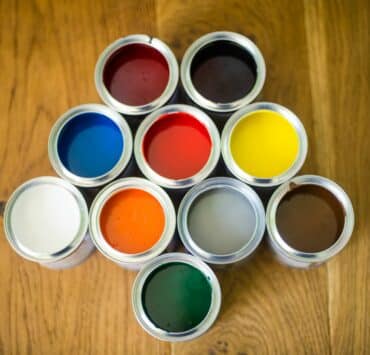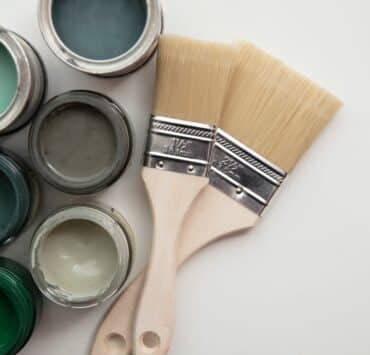Choosing the right paint finish is an essential aspect of interior design. Satin and matte finishes are two popular options, each offering a distinct look and feel to your spaces. In this article, we’ll delve into the differences between satin vs matte paint finishes, helping you understand their characteristics, benefits, and ideal applications. Whether you’re aiming for a subtle sheen or a velvety touch, we’ve got you covered.
The choice of paint finish can significantly impact the overall aesthetics of your home. Satin and matte finishes are popular options that offer different levels of sheen and texture. By understanding the characteristics and applications of these finishes, you can make an informed decision that aligns with your design vision.
Satin Paint Finish: The Subtle Shine
Satin finishes strike a balance between glossy and flat. They offer a soft, delicate sheen that adds a touch of elegance to your walls. Here’s what you need to know about satin finishes:
- Sheen Level: Satin finishes have a gentle shine that reflects light without being overly reflective.
- Aesthetics: Satin finishes create a smooth and polished appearance, making them ideal for areas where you want to add a touch of sophistication.
- Durability: Satin finishes are relatively durable and more resistant to stains and marks compared to flat finishes.
- Ideal Applications: Satin finishes are versatile and work well in living rooms, bedrooms, hallways, and other areas that experience moderate foot traffic.
Matte Paint Finish: The Velvety Elegance
Matte finishes offer a velvety and non-reflective appearance. They provide a subtle, sophisticated backdrop that can showcase other design elements. Here’s what you should know about matte finishes:
- Sheen Level: Matte finishes have minimal to no shine, resulting in a smooth and non-reflective surface.
- Aesthetics: Matte finishes offer an understated elegance that can beautifully complement minimalist and contemporary interior styles.
- Durability: While matte finishes can create a luxurious look, they are more prone to showing marks and stains compared to satin finishes.
- Ideal Applications: Matte finishes are perfect for spaces where you want to create a cozy and intimate atmosphere, such as bedrooms, dining rooms, and home offices.
Comparing Satin and Matte Finishes
Both satin and matte finishes have their unique attributes. Let’s compare these finishes side by side to help you make an informed decision:
| Aspect | Satin Finish | Matte Finish |
|---|---|---|
| Sheen Level | Subtle shine | Minimal to no shine |
| Aesthetics | Sophisticated and polished | Understated and velvety |
| Durability | More resistant to stains and marks | More susceptible to marks and stains |
| Ideal Applications | Living rooms, hallways, bedrooms | Bedrooms, dining rooms, home offices |
Choosing the Right Finish for Your Space
When selecting between satin and matte finishes, consider your design style, the room’s function, and your desired ambiance. Here are some tips to help you choose the right finish for your space:
- Opt for Satin: Choose satin finishes for areas where you want to create a sense of elegance and where durability is crucial.
- Embrace Matte: Select matte finishes for spaces where you want to create a cozy and intimate atmosphere and are willing to take extra care to prevent marks and stains.
Practical Considerations
While aesthetics play a significant role, practical considerations should also influence your choice of paint finish. Keep the following points in mind:
- Maintenance: Matte finishes may require more regular cleaning to maintain their appearance.
- Natural Light: Consider how natural light interacts with the finish—matte finishes can minimize imperfections but may appear flatter in low-light areas.
- Sample Testing: Always test paint samples on a small area of your wall to see how the finish looks under different lighting conditions.
Frequently Asked Questions (FAQs)
Can I use satin and matte finishes in the same room?
Yes, you can use both finishes in the same room to create visual contrast and depth. For example, you could use satin on the walls and matte on the ceiling.
Do these finishes affect paint color?
Satin and matte finishes can slightly alter the perception of color due to their varying levels of light reflection. It’s recommended to test the chosen finish with your selected paint color.
Are satin finishes more expensive than matte finishes?
The cost difference between satin and matte finishes is generally minimal. Both finishes fall within a similar price range.
Conclusion
The choice between satin and matte paint finishes ultimately depends on your design preferences and the practical considerations of your space. By understanding the unique qualities of each finish, you can make an informed decision that aligns with your desired aesthetic and the functionality of your home. Whether you’re drawn to the subtle shine of satin or the velvety elegance of matte, your chosen finish will contribute to the overall beauty and atmosphere of your interior spaces.








